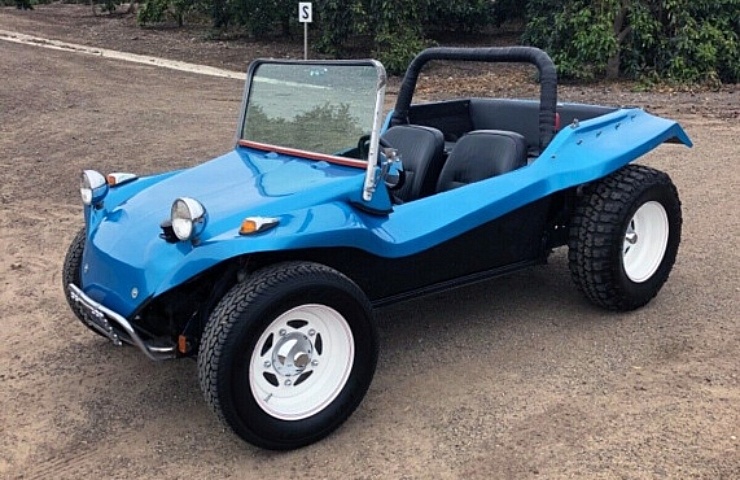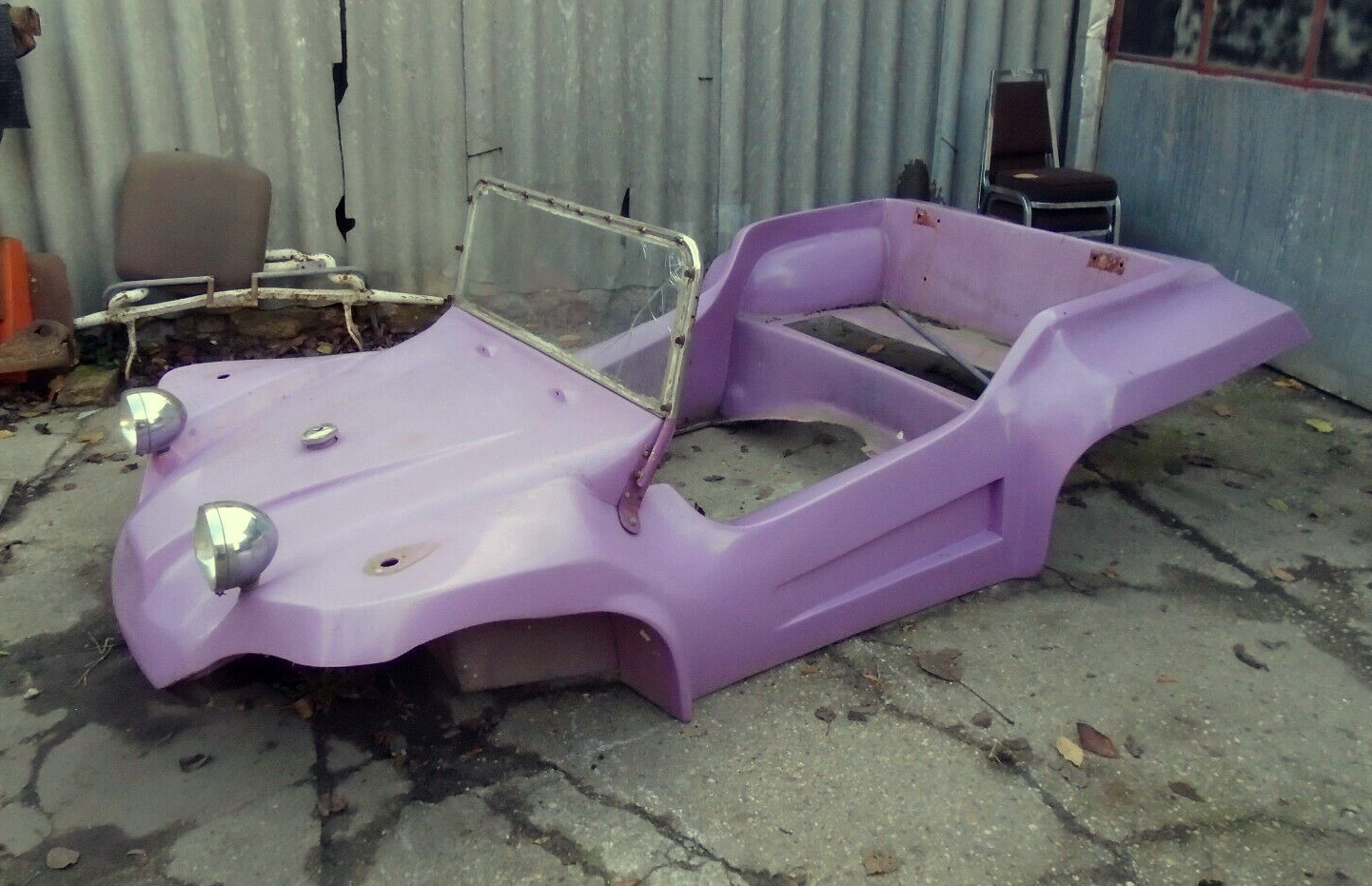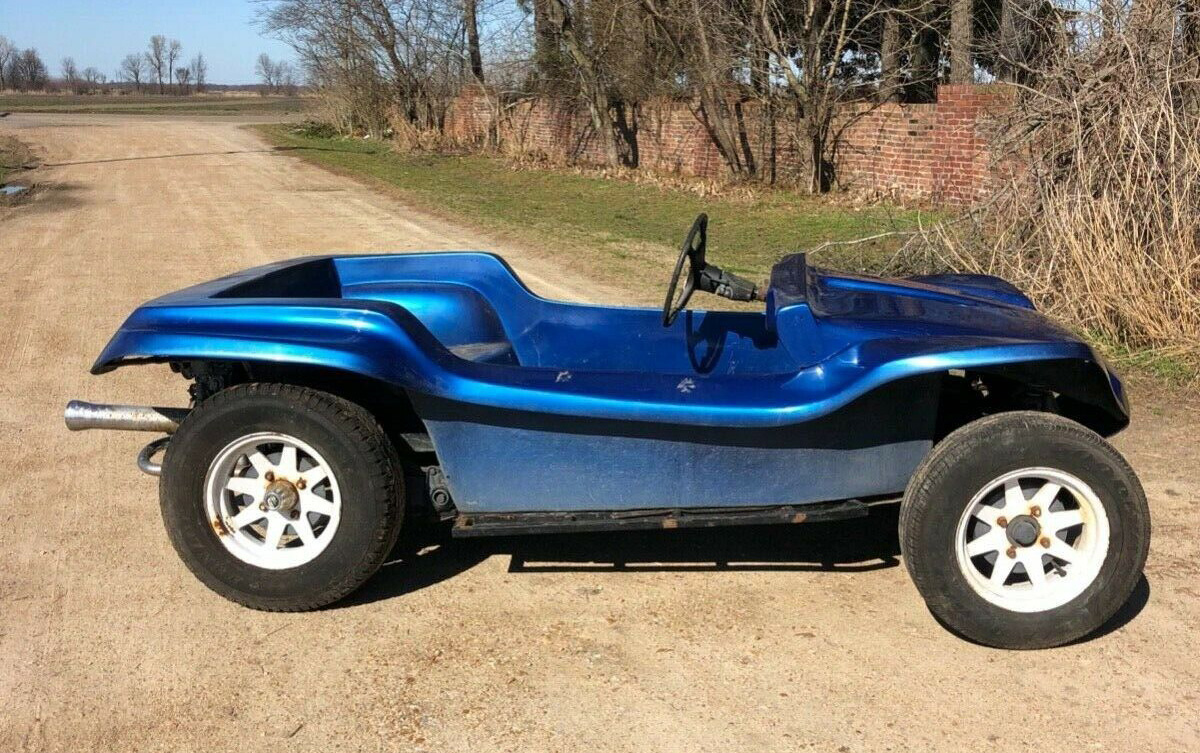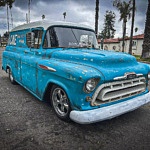Now that spring has sprung, it’s not too early to start planning for long hot-weather days on the dunes. That means it’s time to get busy building the vintage dune buggy of your dreams. Here’s what you need to know to get started.
Shop now for Dune Buggies and Sand Rails
Based on the Classic Beetle
The classic dune buggy is based on the Type 1 Volkswagen Beetle. Finding one of these is your first step. Early Beetles used to be available everywhere. Today, these cars are “classics,” and finding one is more challenging. But they’re still out there, perhaps with rust or other reasons that make them un-restorable.
Start with a search on eBay. Prices for Classic Beetles climb fast. So keep in mind that the body will get junked. You’re looking for an affordable chassis with engine, suspension, and brakes. The seats, too, if you go that way.
For a classic dune buggy, you’re going to have to shorten the chassis by 14.5 inches. Get out the welding torch. If you don’t want the hassle of finding a Bug and altering the chassis, you can buy a tube chassis. It will take a little patience to find a suitable tube chassis on eBay because there’s not a dedicated category for them.
Nonetheless, searches do turn up suitable tube chassis. Full kits are hard to find.
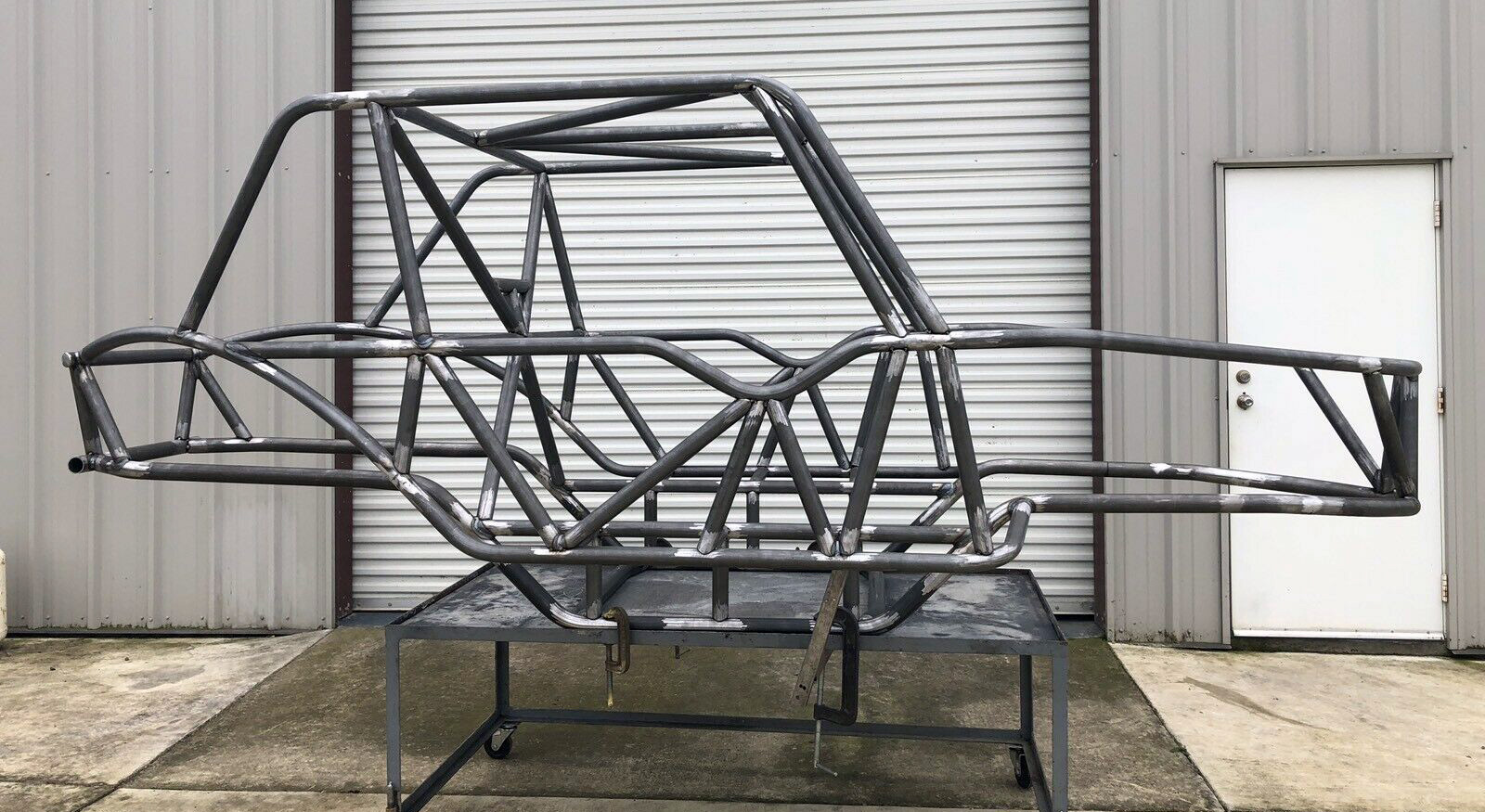
In a sand rail, passengers sit inside a frame like this.
Assuming you have everything stripped down, your next task is buying a dune buggy body. These are available in two- and four-seater variants. Or you can find one used and vintage. Here’s one on eBay in classic purple, but it comes from Hungary. Speciality retailers are a great resource.
Since the underpinnings are mostly VW Beetle, that car’s parts bin is useful. A search for dune buggy parts on eBay will bring up just about everything mechanical you’ll need to finish one of these babies.
How to Build a Dune Buggy: Types to Consider
Old School Buggies uses three different terms for the dune buggy category: pan buggy, tunnel buggy, and sand rail.
- A pan buggy typically uses a shortened VW Beetle pan/chassis.
- When the floor pans are removed and replaced with an alternative, such as expanded metal, the remaining structural part is the tunnel. Thus the term tunnel buggy.
- By the mid-1970s, the most common buggies were VW-powered sand rails. The setup uses a lightweight, minimal frame designed to mid-mount the VW powertrain. The engine and transaxle are rotated so the engine faces the front of the buggy. This provides superior weight balance and handling.
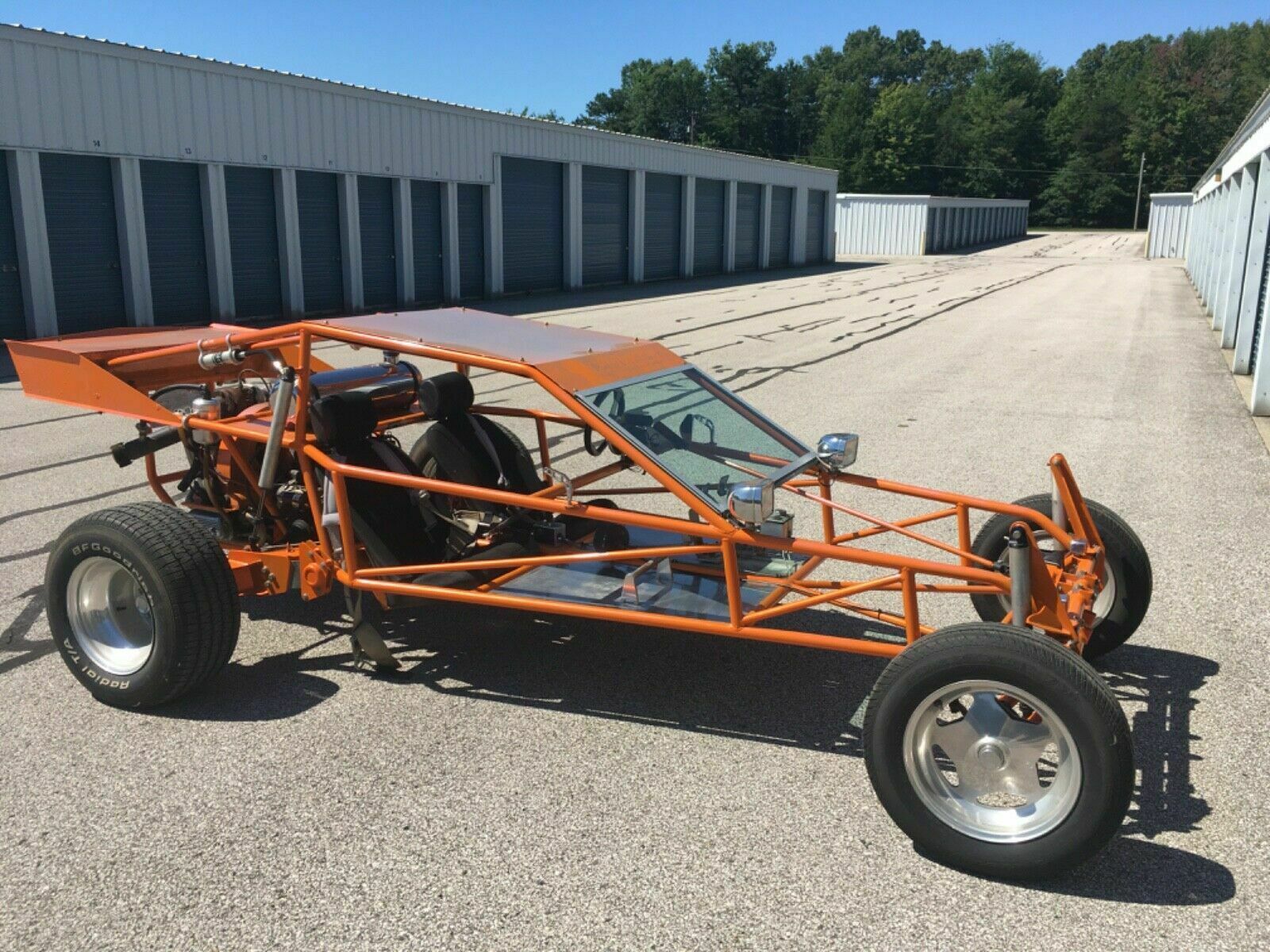
2010 custom, 240-horsepower sand rail
eBay offers dune buggies and sand rails in a single group. There are usually two or three dozen available at any one time. We make the distinction as follows:
- A dune buggy is a vehicle that has large tires designed for traveling on sand. It usually has no roof and has a motor in the back. Many dune buggies are made from existing motor vehicles. A VW bug is a common model for turning into a dune buggy.
- Sand rail frames are built from a tubular space frame chassis that incorporates an integrated roll cage. On most sand rails, the engine is typically at the rear. Some sandr ails also use a mid-engine configuration. This design offers favorable weight distribution and traction, which is very desirable for dune “hill-climbing.”
Consider the Alternatives
The dominant design of today’s dune buggies points back to Bruce Meyers and the Meyers Manx buggy. Meyers had a background in lightweight sailboat design. So, he chose fiberglass for his car bodies. The resulting Meyers Manx had the advantage of being simple. The fiberglass shell was just one molded piece, or “monocoque,” that fit onto a shortened VW floor pan. More than 5,000 kits were sold, priced at $995.
They didn’t come with an engine or transmission—the buyer had to supply those—but they did include pedals, seats, lights, and a windshield, which is about it for a dune buggy. There were as many as 225 Manx-derived designs during the buggy’s heyday in the late 1960s.
But these days, there are less-well-known dune buggy variations to consider for inspiration, according to Hagerty:
- The Dearborn Automobile Company Deserter offered the Cadillac of dune buggies. It had gull-wing doors incorporated into a leather-grain fiberglass hardtop, a covered engine bay, glassed-in headlights, and even a heater.
- The EMPI Imp had only 12 inches chopped out of the VW floorpan, yielding a more spacious interior. There was also a four-passenger version.
- The Sears Rascal. In 1970, Sears sold a kit for $329. It included the body, hood, windshield, and headlamps.
- Kellison Sandpiper built fiberglass sports cars, including the J-4, J-5, and the Astra X-300 GT. There were four versions of the Sandpiper.
Get more ideas from the Dune Buggy Archives. It’s an exhaustive depository about these entries and many others.

